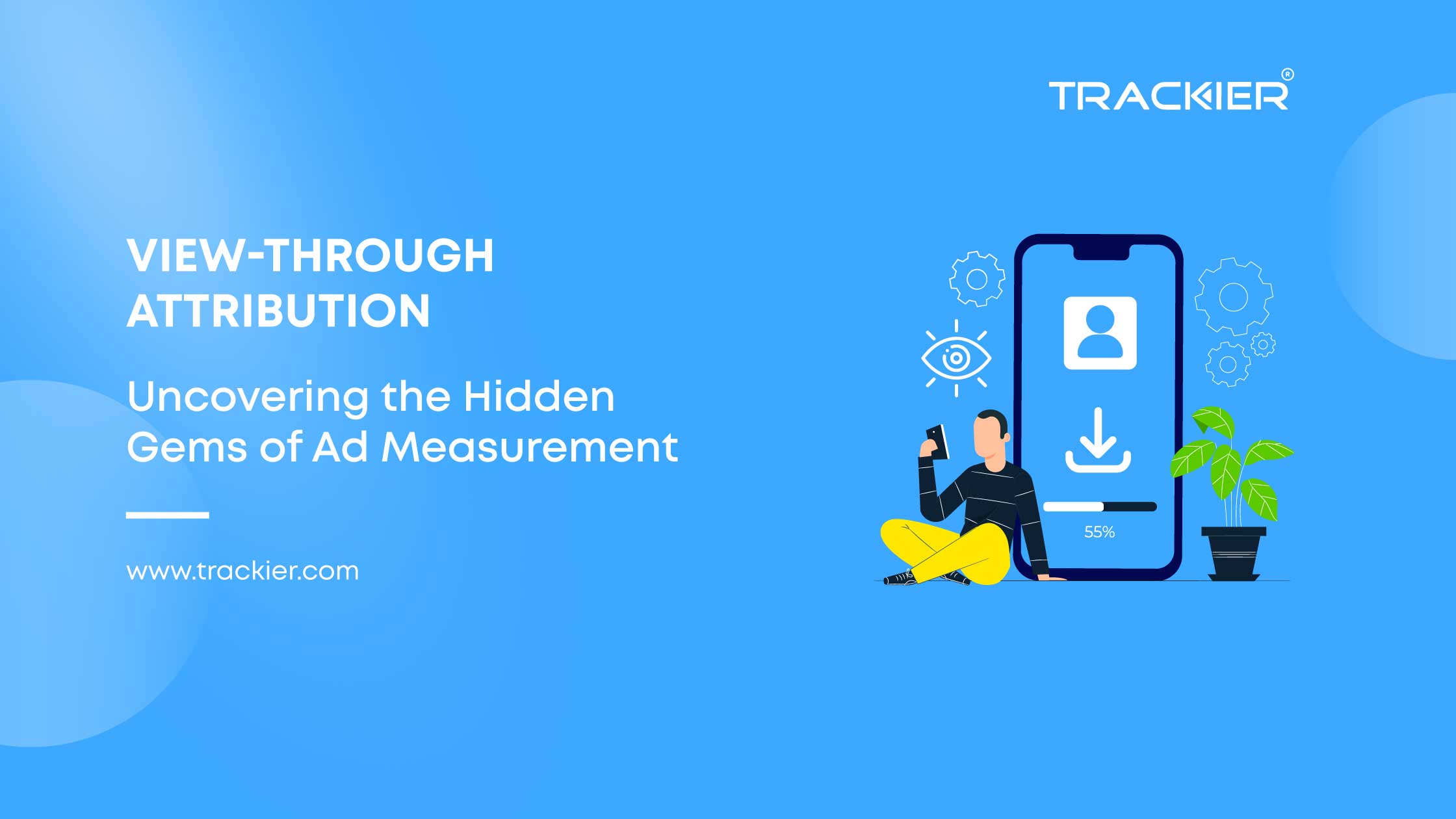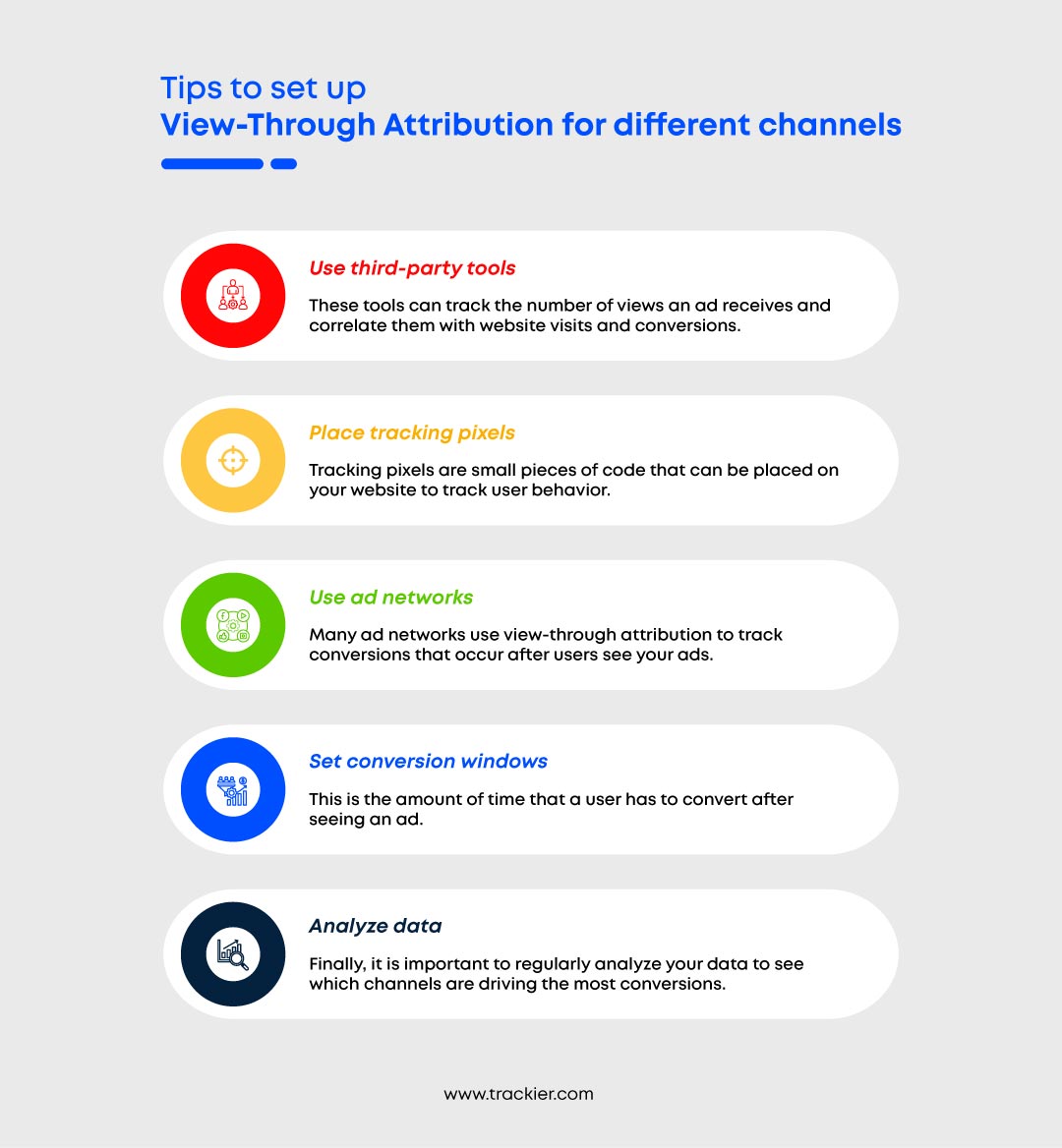The increase in the use of mobile phones has improvised the way of online marketing for brands and marketers. It’s been enhancing day to day with the changing requirements of the user. The current scenario of online marketing shows that there’s been a constant increase in online users. So brands need to work on their marketing tactics for better results.
Brands advertise their products on multiple platforms which helps them reach a wider audience. Due to different channels, it becomes quite complicated for marketers to understand the user journey. Here’s when view-through attribution comes into play. Yes, let us understand with an example. The user made a purchase after viewing the ad on the website. But how does the advertiser know that you made the purchase after viewing the website advertisement? This is done through view-through attribution that shows the connection between the ad and the conversion achieved. It tells you about the ad that was viewed earlier but not clicked but later made the conversion.
What is View-Through Attribution?
View-through attribution (VTA) is a method of tracking downloads or other actions for people who do not click on the advertisement but instead take a step that is significantly influenced as a result of seeing it. The term “impression attribution” also applies to this.
For example, the user was looking for a shoe ad that popped up on his phone but did not make the purchase immediately. After a few days, the user makes the purchase of the shoes through the brand’s website. Her, via the view-through attribution the ad gets the credit of influencing the user to make the purchase ultimately regardless of the fact the purchase was not made immediately.,
In simple words, view-through attribution shows you the result of the ads that have not been immediately clicked but resulted in a conversion later. It shows you the connection between the ad and the conversion precisely.
Understanding View-Through Attribution and Click-Through Attribution
Considering both View-through attribution (VTA) and Click-Through attribution (CTA) are basically used to track how well your marketing efforts perform. They both differ on the basis of their success measuring metrics.
Click-Through Attribution (CTA) is considered when a user clicks on the ad immediately after viewing it and makes a purchase. This conversion is then credited both to the ad and the ad channel accordingly. It can be tracked via conversion tracking methods like pixel tracking that track user behavior. Majorly CTA tells you about the direct impact of the ad campaigns.
View-Through Attribution (VTA), contrary tracks the conversions that are achieved later. After viewing the ad user does not click on the ad but makes the purchase later. Through this, you can view the audience who have been interested in your ad but did not click on it immediately, but can later result in a conversion.
As for the tracking techniques of CTA and VTA, they both have some or other limitations. CTA provides you with the direct impact of your ad campaigns while VTA tells you about the ad that has influenced your users to make conversions later, not immediately.
Brands and marketers can choose the best among these campaign tracking methods according to their strategized marketing techniques. Through this, you can make more precise decisions for the effectiveness of your marketing efforts.
Importance of View-Through Attribution
View-through attribution helps marketers analyze user behavior and tells us about the users who are interested in the ad but never clicked upon it. Hence, by analyzing user behavior through tracking pixel methods now marketers can make more precise decisions in designing marketing campaigns. Through this tracking method marketers analyze user interest more effectively and gain valuable insights about their ad campaigns.
More Accurate Attribution
View-through attribution is gaining insights about the ad that first influenced the user but not resulted in the conversion immediately. Like when a user views an ad, he shows interest in the ad but might not make the purchase immediately. If the user makes the purchase later then the credit goes to the ad as initially, the ad made the urge of a conversion. Here, the credit goes to the ad for influencing the decision of the user.
Optimize Campaigns
View-through attribution provides businesses with valuable insights about the campaign after analyzing the entire user journey through pixel-tracking methods. This helps brands take precise decisions about their campaigns and increase the effectiveness of the ad campaign. This increases the effectiveness of your ad campaigns and results in an increase in the ROI. also helps advertisers optimize their campaigns for better performance.
Increase Brand Awareness
View-through attribution might not result in an immediate click on the ad campaign but it influences the user more often. By measuring the impact of your ad campaigns marketers can understand how the ad is influencing your users. Hence, it increases and even helps brands and marketers establish brand identity more effectively.
Conclusion
Yes, of course, view-through attribution has some limitations but you can make use of it effectively to study the ad campaigns that brought you conversions after getting influenced via ads. So explore the power of view-through attribution! Track whether someone saw your ad and later made a purchase or conversion, and gain valuable insights.
Reach out to team Trackier for more information and assistance.















